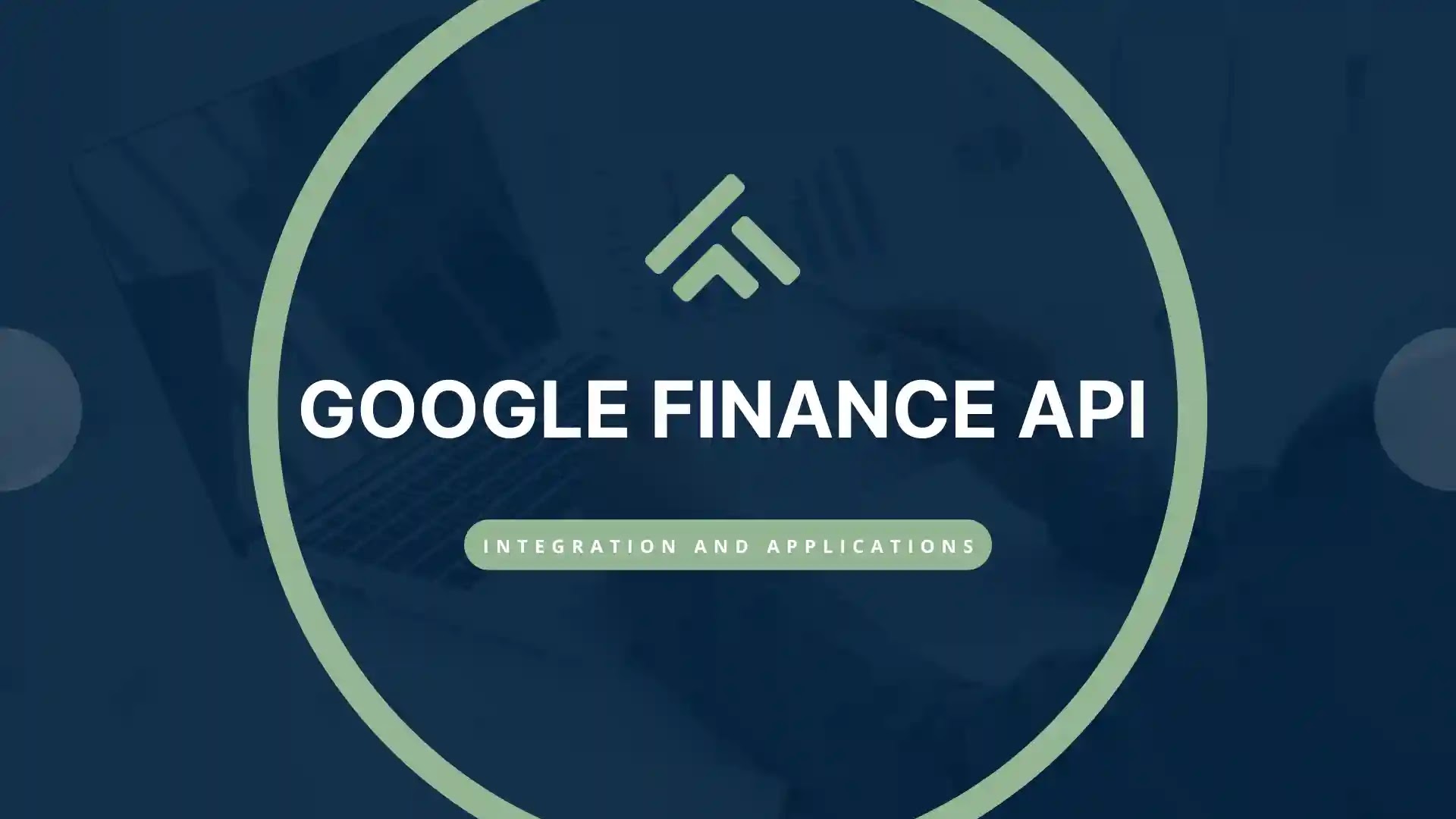Google Finance API: Integration and Practical Applications
Introduction
In today's fast-paced financial landscape, accessing real-time market data and managing portfolios efficiently is crucial for investors and businesses. Google Finance API is a valuable tool offering such functionalities through seamless integration.
Benefits of Using Google Finance API
The Google Finance API provides users access to real-time market data, empowering them to make informed decisions. Its customizable portfolio management allows tailored tracking of investments and financial assets, enhancing control and analysis.
Integration Process of Google Finance API
The integration process involves accessing the API through designated endpoints and employing various authentication methods, such as OAuth, ensuring secure and authorized data retrieval.
Applications and Use Cases
Financial analysis tools leverage Google Finance API to offer comprehensive insights into market trends and investment strategies. Algorithmic trading systems utilize real-time data for automated decision-making, enhancing trading efficiency. Additionally, portfolio-tracking applications enable individuals to manage their investments effectively.
Considerations for Developers and Businesses
Developers and businesses utilizing the Google Finance API must be aware of data limitations and usage guidelines to avoid misuse and ensure compliance with financial data regulations.
Future Trends and Innovations
The future of Google Finance API hints at potential functionality advancements catering to evolving user needs. Integrating emerging technologies like AI and blockchain may further revolutionize data analysis and investment strategies.
Benefits of Using Google Finance API
The Google Finance API provides users access to real-time market data, empowering them to make informed decisions. Its customizable portfolio management allows tailored tracking of investments and financial assets, enhancing control and analysis.
Integration Process of Google Finance API
The integration process involves accessing the API through designated endpoints and employing various authentication methods, such as OAuth, ensuring secure and authorized data retrieval.
Applications and Use Cases
Financial analysis tools leverage Google Finance API to offer comprehensive insights into market trends and investment strategies. Algorithmic trading systems utilize real-time data for automated decision-making, enhancing trading efficiency. Additionally, portfolio-tracking applications enable individuals to manage their investments effectively.
Considerations for Developers and Businesses
Developers and businesses utilizing the Google Finance API must be aware of data limitations and usage guidelines to avoid misuse and ensure compliance with financial data regulations.
Future Trends and Innovations
The future of Google Finance API hints at potential functionality advancements catering to evolving user needs. Integrating emerging technologies like AI and blockchain may further revolutionize data analysis and investment strategies.
Conclusion
Integrating Google Finance API offers a gateway to real-time financial data and advanced portfolio management. Its applications span various sectors, empowering investors and businesses with valuable insights and efficient tools.
FAQs
- Is the Google Finance API free to use?
- What types of data can be retrieved using the API?
- Are there any limitations on API usage?
- Can the Google Finance API be used for commercial purposes?
- What are the potential risks of integrating Google Finance API?








0 Comments